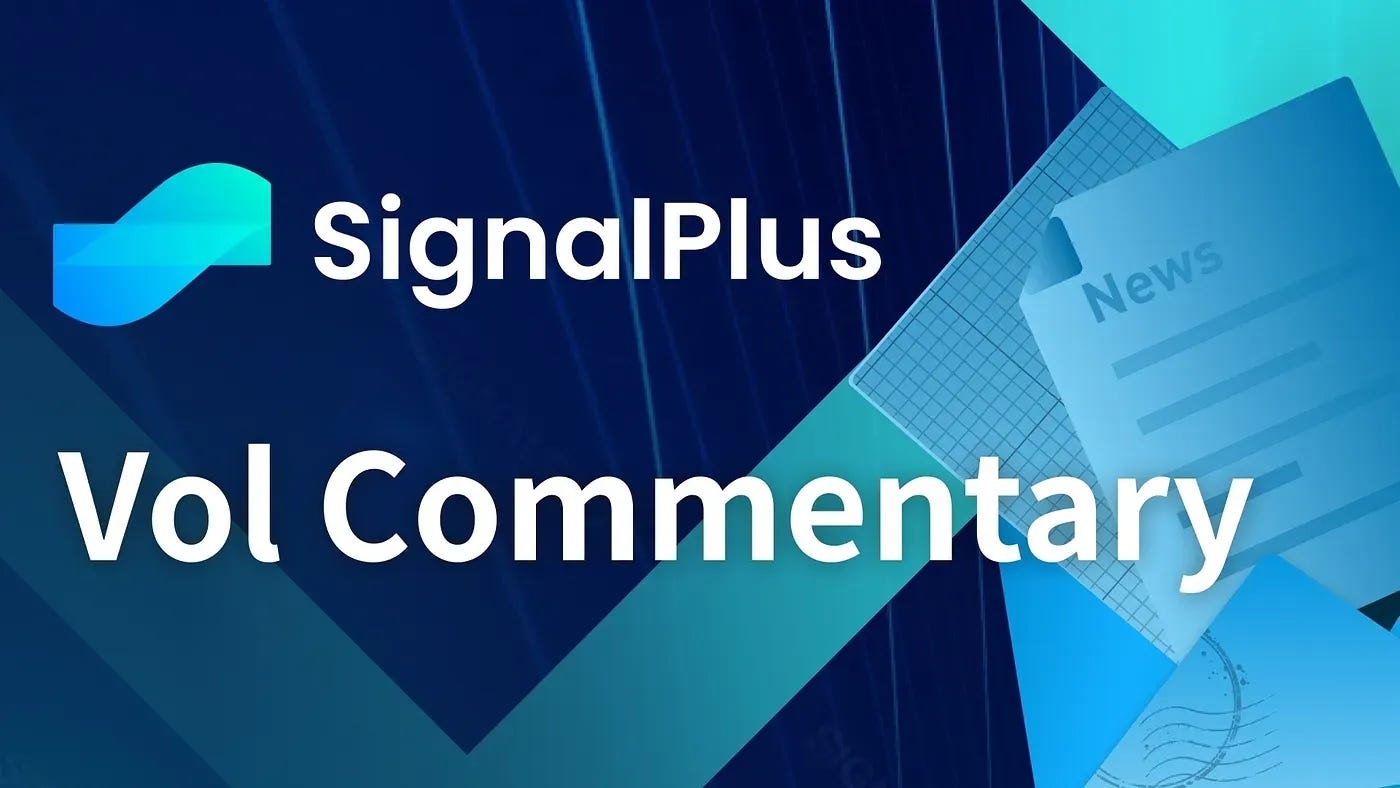

Yesterday (January 11th), the annual rate of the U.S. CPI for December was recorded at 3.4%, exceeding the expected 3.2%. The monthly rate was recorded at 0.3%, also slightly higher than expected. Excluding energy and food, the core CPI index monthly/yearly rates were 0.3%/3.9% (expected 0.3%/3.8%). The bond market reacted immediately after the CPI data was released, with the yield on ten-year bonds briefly rising back above 4%. However, after speeches by Federal Reserve officials, traders increased their bets on a Fed rate cut this year, and U.S. Treasury yields quickly gave back all their gains. The current two-year/ten-year yields are 4.264%/3.984% respectively. The three major U.S. stock indices showed a V-shaped trend and finally closed nearly flat. Cryptocurrency concept stocks collectively fell sharply on the first day of the BTC ETF launch, with CoinBase down 6.7% and Microstrategy down 5.21%.

The cryptocurrency market welcomed the first trading day after the approval of the BTC Spot ETF. According to data shared by Bloomberg analyst Eric Balchunas on Twitter, the 11 ETFs that were launched accumulated a total of 700,000 transactions, with a trading volume exceeding $4.3 billion. Of this, Greyscale’s GBTC accounted for $2 billion, followed closely by BlackRock’s IBIT with $1 billion, and the third was Fidelity’s FBTC, with a trading volume of about $673 million. Notably, among these eleven ETFs, the top-trading GBTC transitioned from a “closed-end fund” to a spot ETF. This high trading volume is not solely due to a large inflow of funds. On the contrary, it is more likely due to the outflow of funds triggered by its high management fees and the alleviation of its negative premium issues, which then flowed into other new ETFs.


On the other hand, as it was the launch day of the ETFs, a large number of BTC spot purchases were attracted shortly after the U.S. stock market opened, causing its price to briefly surge by about 6% and break through the $49,000 barrier. However, this increase was quickly retraced, with the price returning to around $46,000. The market focus was momentarily stolen by BTC, overshadowing ETH, which saw a more moderate change. After a slight increase, ETH fell back to around $2,600.

In the options market, due to the uncertainty brought about by the ETF launch having been resolved, the implied volatility levels dropped significantly. BTC and ETH were around 53% and 58%, respectively, with ETH Vol still maintaining a relative premium of about 5 to 7%. Vol Skew saw a significant decrease, with BTC’s 25d Risk Reversal reaching the lowest point in the past three months. In terms of trading, similar to the previous few days, the market was buying Put options for protection in the short term while continuing to engage in Call Spreads for the medium to long term. For instance, with the BTC 29 MAR 24 50000 vs 60000, the buying leg was close to a 45 Delta, while the selling leg was around 20 Delta. This partially explains the cause of the Vol Smile skew.







You can search SignalPlus in the Plugin Store of ChatGPT 4.0 to get real-time crypto information. To receive timely updates and engage with a broader community, we cordially invite you to join and follow our official link for seamless communication and interaction with community members.
SignalPlus Official Links
Options Toolkits: https://t.signalplus.com
Twitter: https://twitter.com/SignalPlus_Web3
Discord: https://discord.gg/signalplus
Telegram: https://t.me/SignalPlus_Official
Medium: https://medium.com/@signalplus_web3
Website: https://www.signalplus.com/

Comments